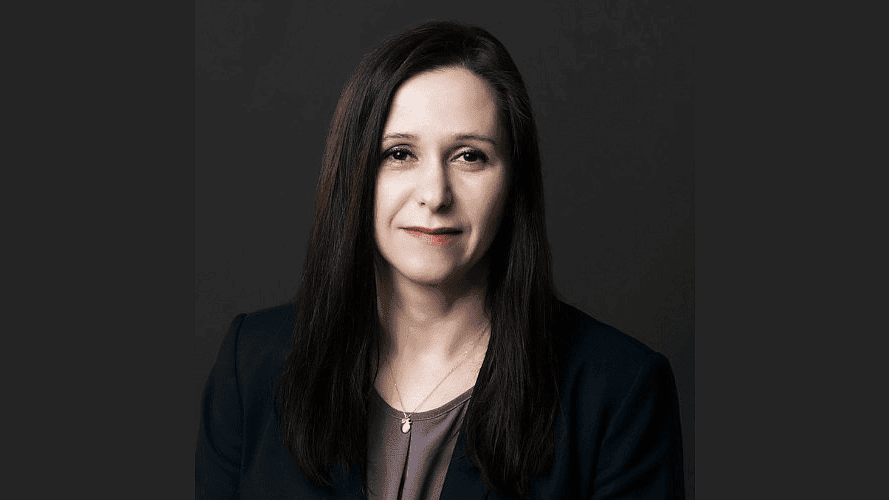AI News Bureau
(US & Canada) VIDEO | Easy Access Allows Smaller Companies To Experiment Faster With Generative AI — Texas Department of Family and Protective Services CDAO
Besa Bauta, Chief Data and Analytics Officer, Texas Department of Family and Protective Services, speaks about the progression of AI technology, OpenAI and its applications, accessibility of the technology, and the future with generative AI.
Written by: CDO Magazine Bureau
Updated 11:37 AM UTC, September 14, 2023

Besa Bauta, Chief Data and Analytics Officer, Texas Department of Family and Protective Services, speaks in a video interview with Asha Saxena, Founder and CEO of WLDA.tech, about the progression of AI technology, OpenAI and its applications, accessibility of the technology, and the future with generative AI.
At the onset, Bauta refers to generative AI as applications that can source information at scale. She adds that such models are trained by feeding data into them, allowing them to synthesize the information and produce new creative content depending on the specific utility of the application.
Next, Bauta contends that AI has been in existence since the 1800s and that modern applications of AI are made possible due to the scale of information and the combination of big data. As a result, AI researchers can create generative neural networks modeled after the brain’s pathways.
In continuation, she mentions that a lot of new applications are based on old technology but with new ways of integrating and synthesizing information. She notes that the OpenAI project is intended to make AI more user-friendly and available to the general population.
Delving further, Bauta says that such applications were previously the exclusive domain of large tech companies, but now people can type queries and interact with something that appears otherworldly.
It is a different type of intelligence, she asserts, although Bauta is careful to remember that it is the application that shows them the best next answer. She states that the singularity is on the horizon, and in the next decade or two, this AI technology’s potential can become more and more visible.
Discussing the development of OpenAI, Bauta affirms that ChatGPT was created with OpenAI as a communal AI development platform. Then Microsoft took it over and began to make it available on a production scale.
Further, she states that the larger tech companies such as Google and Microsoft have made tremendous leaps forward, having created platforms such as Bard, Lambda, Siri, and Alexa. Bauta believes that small to mid-level companies now have access to tools that aim to replicate these platforms. As an example, when thinking of a navigational platform, she refers to ChatGPT.
Next, she recalls the days of MapQuest and reminisces about how her children are amazed at how old she is for having experienced it. Bauta talks about how nowadays cars come with built-in navigation, whereas before they had to plug in a navigation dashboard. She believes that a similar development will happen with ChatGPT, where applications will become easy to use for everyone.
Thereafter, Bauta makes it clear that nowadays, logging on to the WIP portal and accessing a generative AI model is easy for a consumer and was not possible before. Benefiting from this technology, her nephew can use geo-location applications to learn visually about the globe with the help of pinpointing satellites.
“The accessibility of this technology is key.”
Besa Bauta | CDAO, Texas Department of Family and Protective Services
Bauta emphasizes that the accessibility of this technology is key. Additionally, she believes that easy web-based access and interfaces are the key components that allow the masses to use different types of visual generative AI applications. This access also allows small and medium companies to experiment more quickly.
When asked about the future, Bauta recalls Web3 and immersive experiences that did not take off five or ten years ago as much as expected. Then, she says that when looking at the Industrial Revolution, one can see parallels. The original fears of job loss were overcome by new opportunities created and transformations to different ways of working and interacting.
In her closing remarks, she discusses the importance of considering guardrails when using emergent technologies like AI and suggests reimagining how work is done rather than being pessimistic about technology taking over lives. She views technology as an assistive tool to make work better, rather than something to fear.
CDO Magazine appreciates Besa Bauta for sharing her invaluable insights with our global community.


